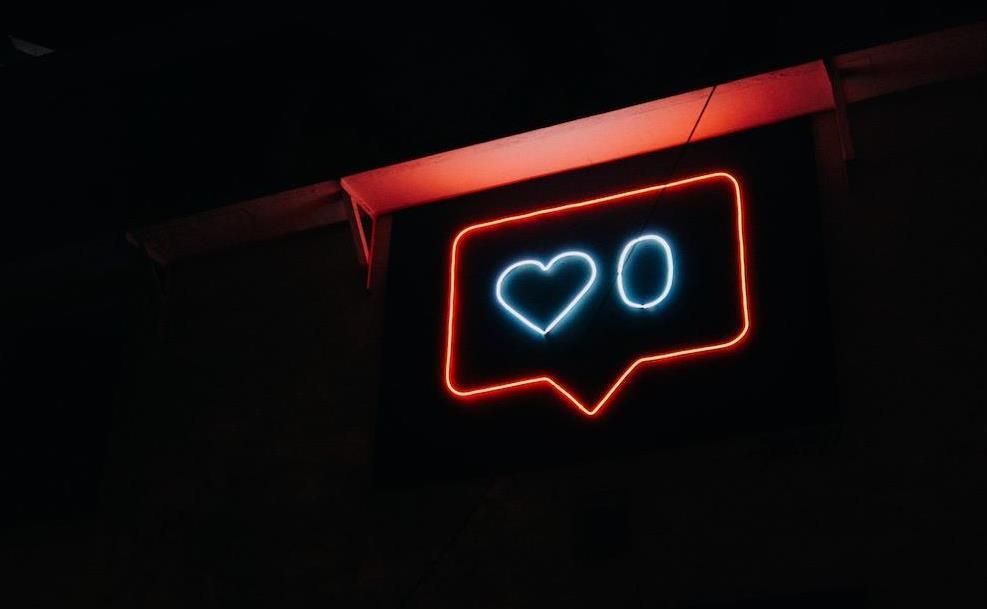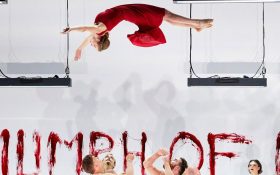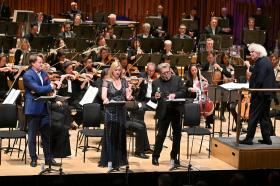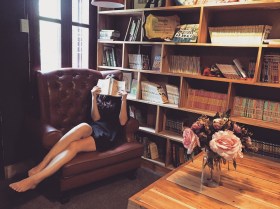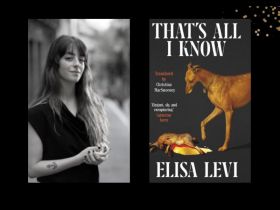In the past decade, social media has opened up a wealth of opportunities for artists. Whether you’re growing an audience for your visual art, streaming your dance performances or showcasing your latest short film, social media can bring not only New Zealand but the entire world to your digital doorstep.
And thanks to sharing via social media, there’s also the opportunity to go viral. One great example of this is Loading Docs’ short The Coffin Club, (directed by Briar March and produced by Kim Harrop) which gained 7.1M views via Upworthy and also received coverage via outlets like National Geographic and The Cut.
Social media provides us with a whole new world of possibilities; from connecting with our potential audience through to crowdsourcing and crowdfunding. BUT….when it goes wrong, it tends to go spectacularly wrong.
From celebrities being exposed for offensive tweets they made years ago, to Instagram posts sinking entire careers, social media may be an easy way to achieve your goals but it also needs to be navigated with care and caution when you’re building your personal brand for your work as an artist.
With this in mind, here are the Seven Deadly Sins of Social Media: habits that are to be avoided like the plague, as well as better ways to connect with your audience online.
PRIDE: Expecting to Go Viral
As mentioned, it is possible to go viral with your work…however virality shouldn’t be viewed as essential for success.
There’s nothing wrong with wanting to go viral. The prospect of having your work go viral is exciting, right? According to Socialbakers’ Jan Rezab, however, the lifespan of virality is on the decline thanks to social media going mainstream and hoping to go viral is basically like waiting for a white knight to save you.
When it comes to building an audience for your work via social media, it’s a marathon, not a sprint. As with any form of relationship-building, it takes time and care.
Experiment – see what resonates with your audience and what they’re not so keen on. Keep tabs on engagement levels and what your audience is saying about your work. Build a solid foundation for your work and your brand – and you will reap the benefits.
WRATH: Arguing/Responding to Trolls Online
Thoughtful, spirited debates on social media are one thing. Feeding the trolls and getting into heated arguments are another.
When someone pops up out of the ether and comes for your work, you may be itching to respond with some tweet-worthy shade or sending a heated personal message.
Avoid this at all costs.
Firstly, it’s a waste of oxygen and energy, and secondly, it can have dire consequences for your creative career: a reply can be posted in a second, but a screencap can last a lifetime. In the time of cancel culture, you could derail your entire career because of responding to trolls or starting drama.
When the impulse to clap back is strong, walk away; both physically and online. Block the troll, shut your device down and physically distance yourself to get centred.
SLOTH: Not Updating Your Social Media Regularly
Here’s a common online scenario: someone sets up their social media in anticipation of an upcoming crowdfunding campaign, for a new creative project or in anticipation of the release of their new film. They finish with that particular project, and then…
Zip.
Zilch.
Nada.
You’ve moved onto the next project.
Instead of setting up individual social media profiles for each individual project you undertake, consider having your public social media accounts encompassing ALL of your work. For instance, instead of setting up social media just for one short film, you have social media accounts for your work as a filmmaker/screenwriter/producer. If you’re a choreographer, instead of having a social media account for one production, make your public social media a showcase for all of your work.
It means you’re more likely to continue updating your social media, provide your existing fan base and supporters with regular updates and bring even more people to your work.
LUST: Using Your Film’s Social Media Accounts Like a Dating Site
Social media has opened up so many possibilities when it comes to collaborating with other people in the arts, but in the era of #MeToo, there continues to be some rather unflattering and uncomfortable behaviour happening online. If you’re building your audience on social media, be aware of the ways you interact with your followers and post and react accordingly.
ENVY: Comparing Your Success via Social Media
This is less about the ways in which people interact online and more about one of the unintended consequences of the digital age: social comparison going into hyperdrive.
Social comparison has always existed in society but with social media, it feels more immediate and in-your-face as well scroll through our feeds and see our peers winning awards, flying to festivals or being praised for their recent creative endeavour.
University of Houston psychologist Mai-Ly Nguyen Steers calls this “everyone else’s highlights reel”…and it is. Social media really is a highlights reel. Every creative endeavour will have its share of highs…but it also comes with lows that often aren’t shared on social media, such as funding application rejections, or personal events which impact on a creative project like depression, loss of income or a death in the family. Chances are you’re not going to see those lows. What is presented on social media is an iceberg: you’re only going to see a fraction of what is there, with the rest of a person’s life well below the surface.
When you’re in the grips of the comparison trap, it’s useful to remember that everyone’s goals, background, experience and inspirations are different. It also takes time to grow an audience for your work and doesn’t happen overnight. A fellow writer may have 10K followers on Twitter compared to your 2K, but chances are they may have had their account for a number of years and have grown their audience slowly but steadily.
It’s useful to remember your story and your ‘why’ when the comparison trap closes in. A break from social media also helps as well. Take a day or two away. Meditate. Do something that doesn’t need an audience and which makes you feel centred.
GLUTTONY and GREED: Buying Social Media Followers
I’ve rolled two of the Seven Deadly Sins into one because this social media habit is twice as bad and is more likely to be considered by people wanting to grow an audience for their work: buying social media followers.
There are several reasons why this is an extremely bad move. Firstly, when you buy social media followers, you’re not growing an authentic audience for your work. When it comes to social media, it’s quality, not quantity. What’s better: 100 genuine followers who follow you because they appreciate your work and who comment and share regularly…or 1000 bot followers that just make up the numbers? You do the maths.
Secondly, buying followers can have a detrimental effect on the way people perceive you publicly. It’s incredibly easy to work out who has bought followers for their social media accounts, based on how well known they are publicly and the amount of engagement they receive through likes and shares. Anyone can go onto Social Blade, type in your user name and look at your social media stats to work out whether or not you’ve bought followers.
Shelling out money for fake followers definitely comes at a cost to your reputation.
Lynnaire MacDonald is the founder of Film Sprites PR, a publicity and social media marketing and crowdfunding consultancy for independent films. She has worked with filmmakers in the US, UK, NZ, Australia and Canada. She is moving into producing films in 2020.
This article originally appeared in The Big Idea, read the original article.
